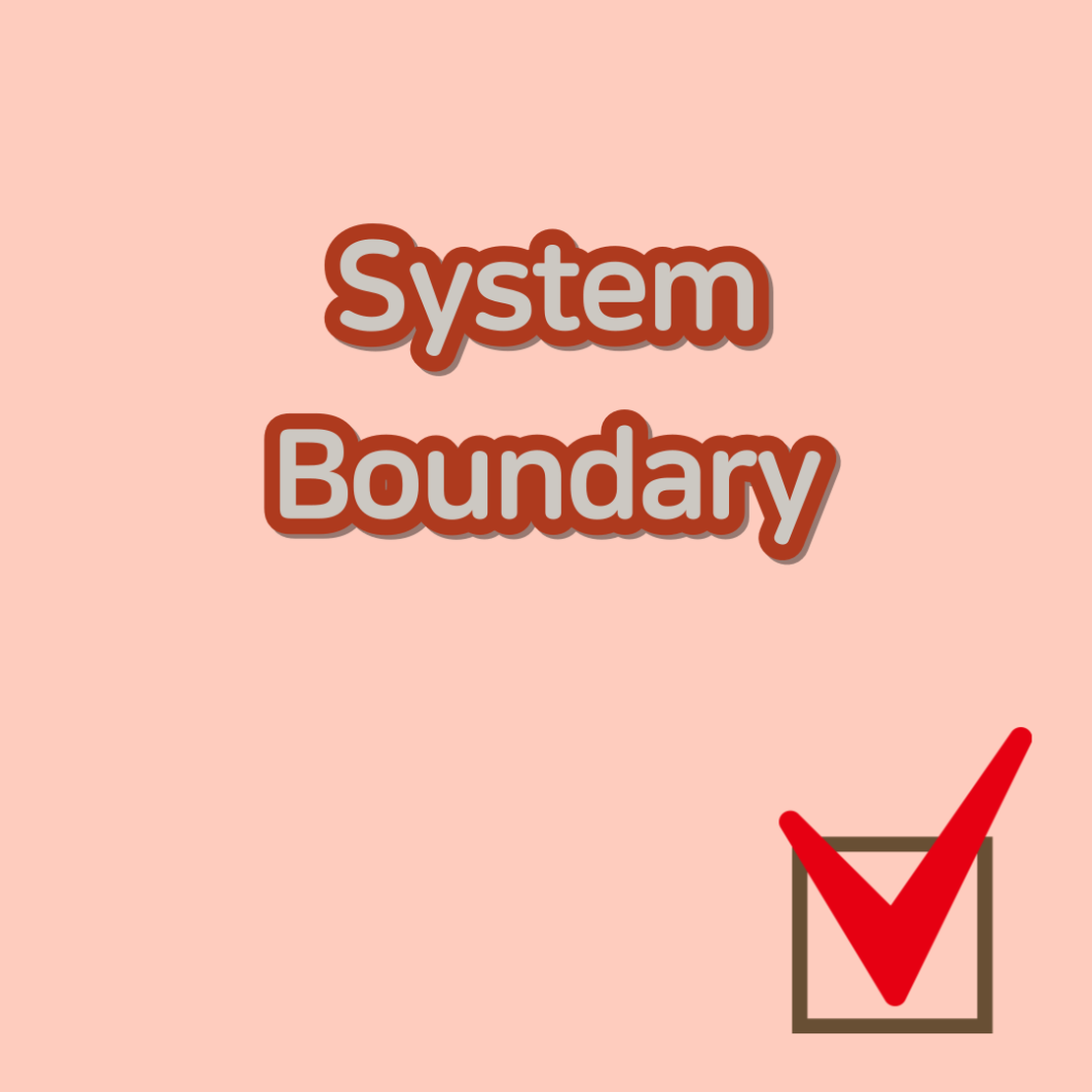
The Importance of Setting the System Boundary for Life Cycle Assessment
- Boreum Lee, Ph.D.
- LCA , System Boundary
- May 13, 2025
What is Life Cycle Assessment?
Life Cycle Assessment (LCA) is a structured process that comprehensively evaluates the environmental impacts of a product or service by collecting and analyzing all material and energy flows within a defined system boundary.
This systematic approach enables a holistic environmental evaluation across multiple impact categories.
To illustrate with a practical example: when a paper bag manufacturing facility uses wood as raw material and consumes electricity and heat (energy) to transform that wood into paper bags, LCA involves meticulously documenting these inputs and outputs.
Environmental impacts are then quantified using standardized characterization factors (such as Global Warming Potential for greenhouse gas emissions) for each relevant environmental impact category.
LCA follows the framework established by the International Organization for Standardization’s ISO 14040 and 14044 standards, though practitioners may incorporate additional methodologies depending on the specific processes under evaluation.
ISO 14040 defines the four interconnected phases of LCA:
- Goal and scope definition
- Life cycle inventory analysis
- Life cycle impact assessment
- Interpretation
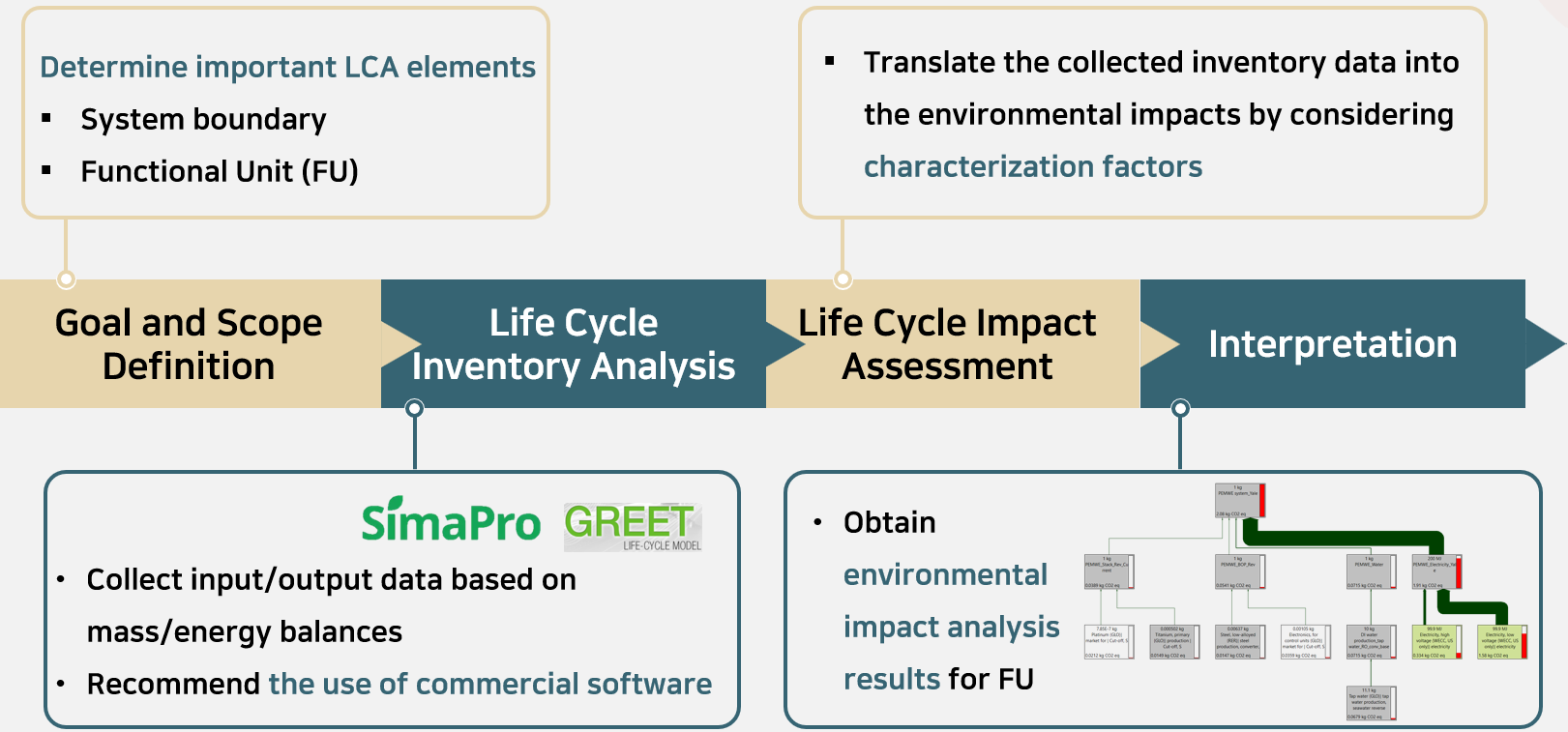
These phases operate in a complementary manner, meaning that decisions or errors in one phase will inevitably influence the others throughout the assessment process.
The Critical First Step: Goal and Scope Definition
Experienced LCA practitioners consistently identify the Goal and Scope Definition as the most crucial phase of the entire assessment.
This foundational stage requires determining two essential elements: the System Boundary and the Functional Unit.
The Functional Unit serves as the reference point against which all inputs, outputs, and potential environmental impacts are normalized.
For instance, greenhouse gas emissions can be expressed per single paper bag (unit: kgCO₂eq/1 paper bag) or per 100 paper bags (unit: kgCO₂eq/100 paper bags), yielding significantly different numerical results while representing the same fundamental environmental impact.
The System Boundary defines which processes and life cycle stages are included in the assessment. Common boundary classifications include:
- Cradle-to-Grave : Encompasses the entire life cycle from raw material extraction through manufacturing, use, and final disposal
- Cradle-to-Gate: Covers processes from raw material extraction through manufacturing, but excludes use and disposal
- Gate-to-Gate: Focuses exclusively on the manufacturing process
- Gate-to-Grave: Examines the use and disposal phases, excluding raw material extraction and manufacturing
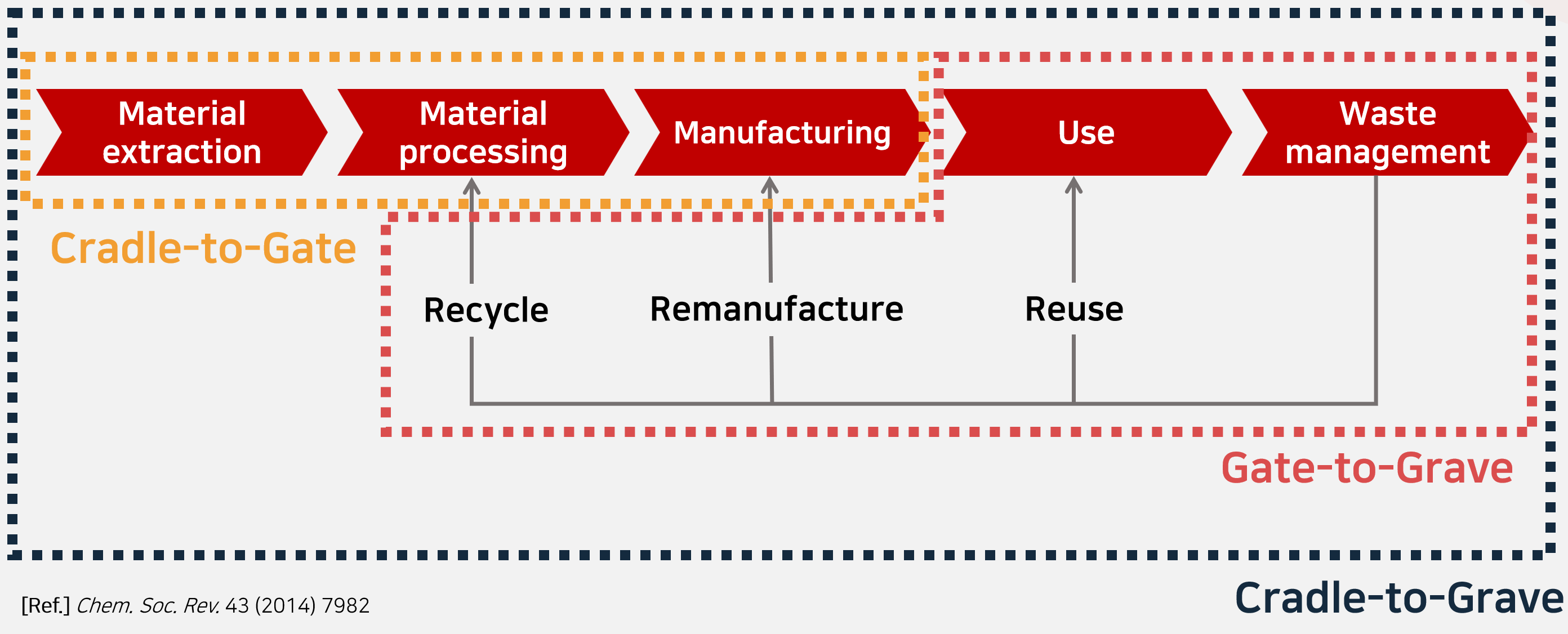
Why is Setting the System Boundary So Critical?
Setting the system boundary is critical because it fundamentally determines which processes are included in your analysis and directly affects your results.
The following simplified example demonstrates this significance, although a more detailed analysis might yield different specific values.
Electric vehicles are widely considered environmentally friendly transportation options.
At first glance, we typically assume electric vehicles produce zero greenhouse gas emissions during operation.
According to Hyundai Motor Company’s specifications, the Ioniq 5 electric vehicle achieves an electricity efficiency of 5.2 km/kWh.
Using only this efficiency figure and examining just the vehicle operation, the greenhouse gas emissions during driving would be 0 kgCO₂eq/km.
However, what happens when we extend the system boundary to include electricity production?
When analyzing global electricity generation through LCA software like SimaPro, we find that producing 1 kWh of electricity emits approximately 0.737 kgCO₂eq on average (based on the global generation mix).
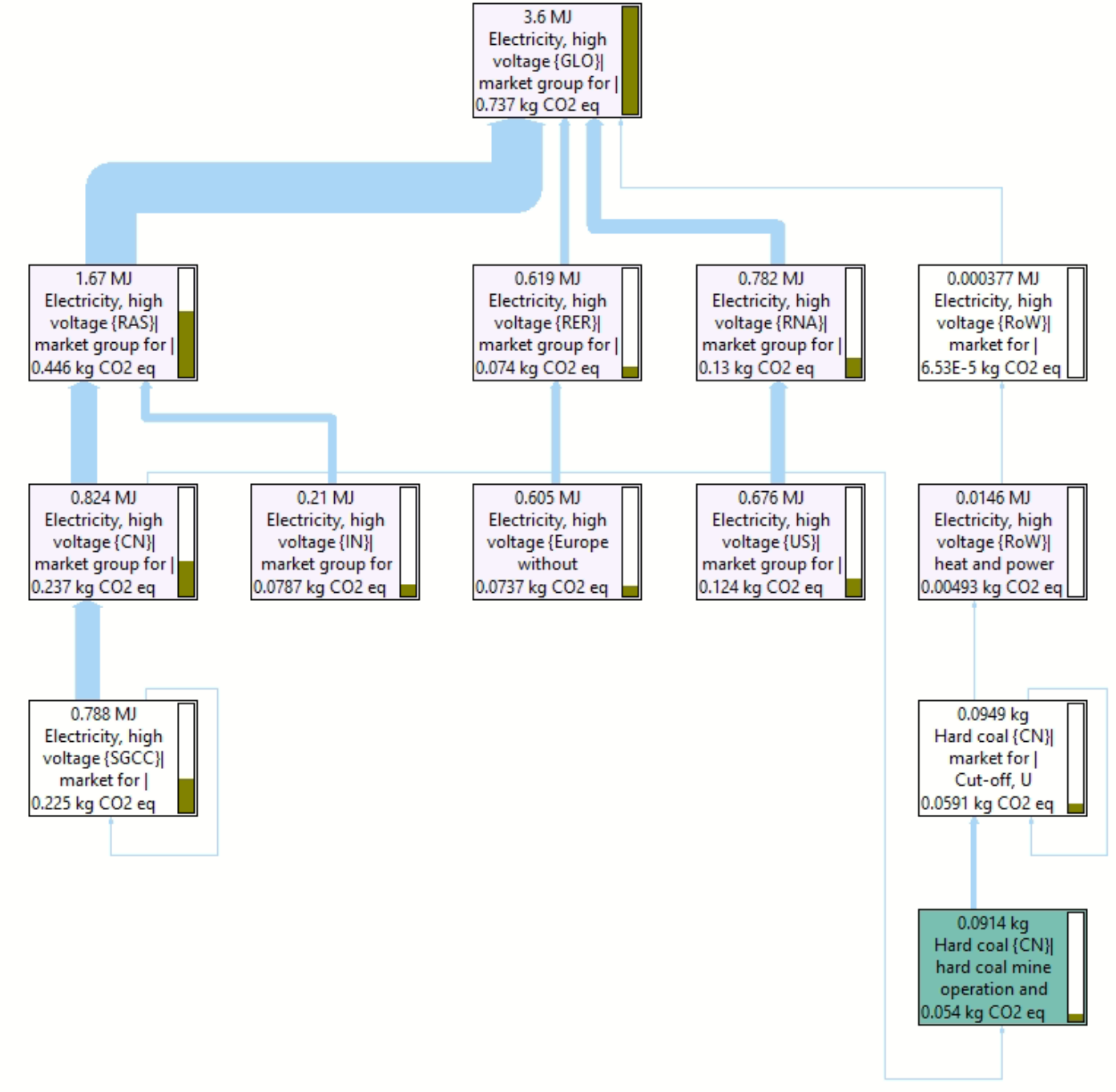
Therefore, when the system boundary is expanded to include electricity production for operating the electric vehicle, the emissions value changes from 0 kgCO₂eq/km to 0.142 kgCO₂eq/km.
Importantly, if the electricity comes exclusively from renewable energy sources, the value might remain at or near 0 kgCO₂eq/km.
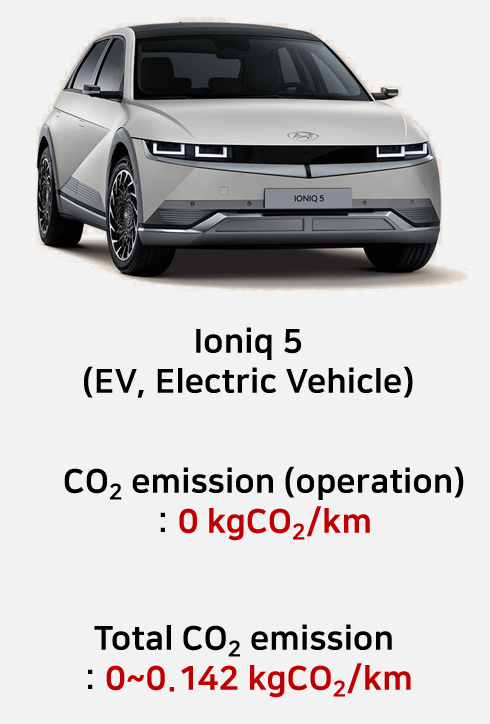
This straightforward example demonstrates how greenhouse gas emission calculations can vary dramatically depending on how the system boundary is defined in the goal and scope definition phase.

Conclusion
In LCA, system boundary definition is not merely a technical step but a strategic decision that profoundly shapes environmental impact conclusions.
As demonstrated in our electric vehicle example, expanding the boundary from just the use phase to include electricity production transforms our understanding of the vehicle’s environmental performance.
For meaningful sustainability assessments and sound environmental policy decisions, practitioners should carefully consider the entire life cycle perspective.
When conducting LCA, establishing appropriate system boundaries during the goal and scope definition phase enables more comprehensive environmental impact evaluations and provides a broader foundation for sustainable decision-making.
Transparent disclosure of system boundary assumptions is essential, as is acknowledging the limitations of any particular boundary choice when interpreting results.
By enhancing awareness of system boundary importance, we can develop increasingly sophisticated and contextually appropriate environmental assessments that serve as valuable tools for decision-making across various environmental dimensions.
Share :
Related Posts

Free Usage Method and Tutorial for SimaPro for Life Cycle Assessment
Introduction to Accessing and Using SimaPro This article explains the process of utilizing existing inventory databases in SimaPro to calculate carbon dioxide emissions. I am using SimaPro version 9.1.0.11. Before making the investment in purchasing a full license, you can evaluate the software by using a demo version available for approximately 30 days.
Read More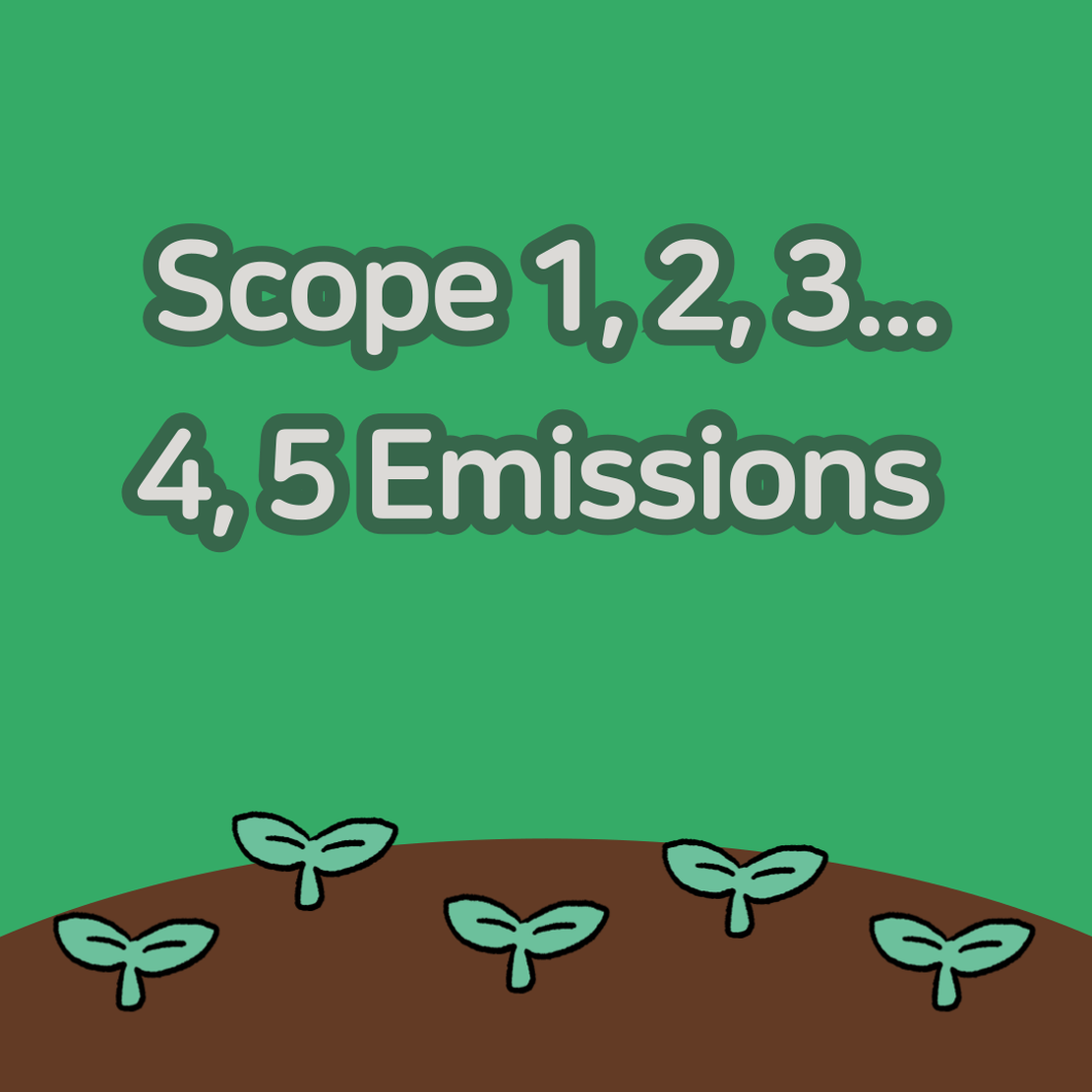
Understanding Scope-Based Greenhouse Gas Emissions
Introduction Carbon neutrality refers to the process of minimizing greenhouse gas emissions and their sources from human activities, while removing already emitted greenhouse gases through methods such as forest absorption or carbon capture utilization and storage (CCUS).
Read More
Getting Started with LCA and SimaPro
Introduction to Life Cycle Assessment I studied Life Cycle Assessment through the “Life Cycle Assessment Student Handbook” (2015). The first section, which provides an overview of Life Cycle Assessment, highlights two key requirements for performing an Life Cycle Assessment:
Read More